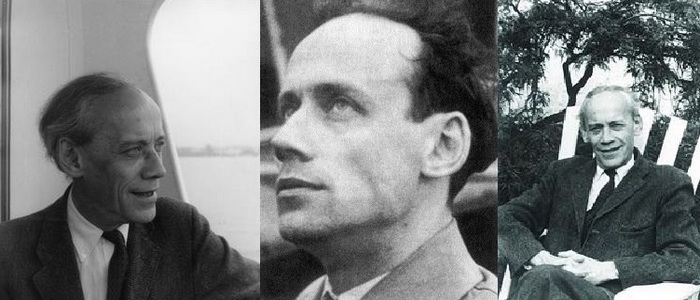He made important contributions to modern algebra: Who is Emil Artin?
He developed number theory, modern algebra, and topology.

(1898-1962) Austrian mathematician. He made important contributions to number theory and modern algebra. He was born on March 3, 1898, in Vienna. His father was a painting merchant and his mother was an opera singer. After studying for a semester at the University of Vienna, he was drafted into the army. On his return, he continued his education at the University of Leipzig. Here he completed his doctorate in 1921, working with Gustav Herglotz. After 1923 he taught mathematics, probability theory, and mechanics at the University of Hamburg. He immigrated to the USA in 1937. After teaching at the University of Notre Dame for a year, he worked at Bloomington University from 1938-1946 and Princeton University from 1946-1958. He returned to the University of Hamburg in 1958 and remained a professor there until his death.
Emil Artin (March 3, 1898 – December 20, 1962) was an Austrian mathematician of Armenian descent. Artin was one of the leading mathematicians of the twentieth century. He is best known for his work on algebraic number theory.
Artin's early work was concerned with the analytical and arithmetic theory of quadratic numbers. He made important contributions to abstract algebra in the 1920s. The following year he developed his theory of hypercomplex numbers. In 1944, he defined the rings, known today as "Artin rings", that satisfy the minimum conditions for the right ideals. He also developed the theory of semisimple algebras of rational numbers on new foundations. The lattice theory he introduced in 1925 is an important contribution to the study of knuckles in three-dimensional space.
------------------------------------------
https://mathshistory.st-andrews.ac.uk/Biographies/Artin/
